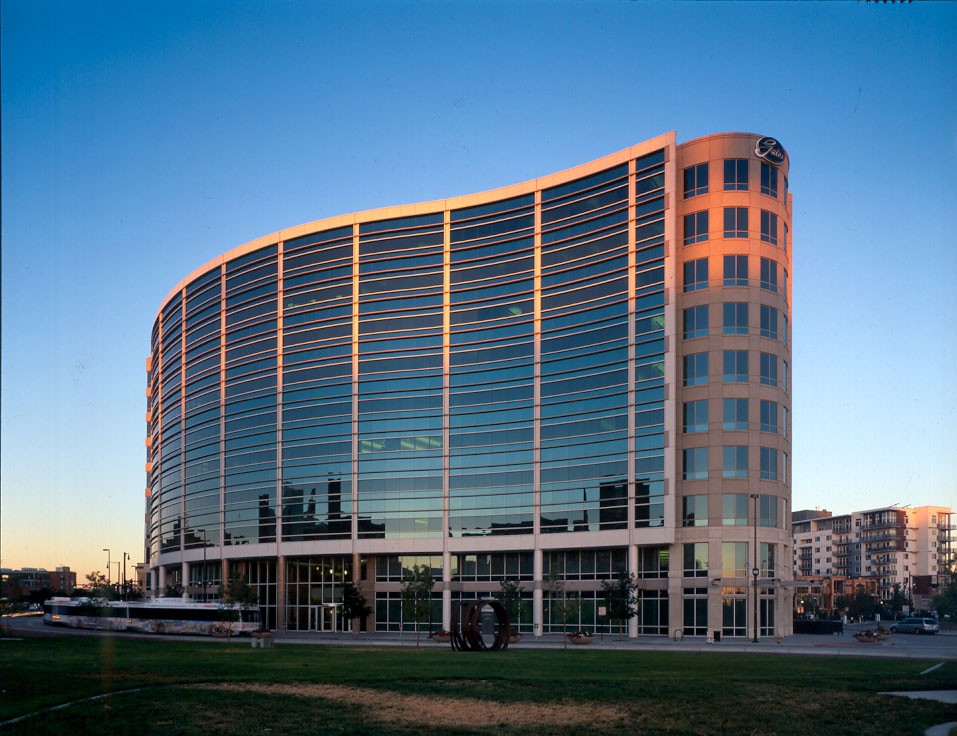According to Jones Lang Lasalle (JLL), Denver’s office market recorded 262,802 square feet of direct net absorption and 349,945 square feet of total net absorption (including subleases) in the 3rd quarter, bringing year-to-date direct net absorption to 1,525,447 square feet and total net absorption to 1,490,968 square feet.
Three deals contributing to POSITIVE absorption this quarter include: Sunrun occupied 47,500 square feet in its first phase at 717 17th St in Midtown CBD, Ball Corporation moved into 48,000 square feet at Westmoor Center in Northwest and WeWork moved into 34,000 square feet at Canyon 28 in Boulder.
Three deals contributing to NEGATIVE absorption this quarter include: Agilent Technologies vacated 52,000 square feet at 9780 S Meridian in Southeast Suburban, Charter moved out of 50,000 square feet at 6782 S Potomac St in Southeast Suburban, and Medtronic vacated 47,000 square feet at 6170 Longbow Dr in Boulder. Positive absorption is expected to continue throughout the remainder of 2019 and into 2020 as many large leases are signed but not yet occupied.
“One such example is VF Corp, who signed last September for nearly 300k square feet but will not move in until early next year. This sizable absorption will only be statistically recorded during first quarter 2020. We count at least five CBD transactions that have been already executed for 25,000 square feet or greater, but whose users will not occupy until next year,” says TJ Taroszewski, JLL research.
Metro-wide average asking rates increased marginally by 0.6 percent from last quarter to $30.42 per square foot, up 3.8 percent y-o-y, and 46.9 percent since Q1 2010 (that’s $10.00 per square foot!). Although annual rental growth continues, the rate of growth is muted indicating stable increases and rental rate flattening in some submarkets. Amongst other things, this could signal a shift toward neutral conditions or tenant-favorable conditions in some submarkets. Since Q1 2010, total vacancy declined 260 basis points to 13.5 percent, down 20 basis points quarter-over-quarter. Expect additional declines in vacancy as several tenants are set to occupy in the coming quarters.
“Over the past 12 to 18 months, rents have flattened or actually declined in submarkets including: Midtown Suburbs, LoDo, Northwest, and West CBD. Vacancy rates nearly across the entirety of the market are still trending downward, so we’re hesitant to claim a particular area as decidedly “tenant favorable,” says Taroszewski.
According to JLL research, in 2020, investors will still likely target core assets within the CBD and suburban assets located along rail. “RiNo remains as hot as ever. Nevertheless, 2020 has the potential to be a year of investment pause, especially given the trend of increasing costs nearly across the board.”
Total net absorption Q3 (sf): 349,945
Direct vacancy: 12.4%
Total vacancy: 13.5%
Average asking rent ($ psf): $30.42
Rent growth (last qtr.): 0.6%
Rent growth (year ago qtr.): 3.8%
Rent growth vs. Q1 2010: 46.9%









